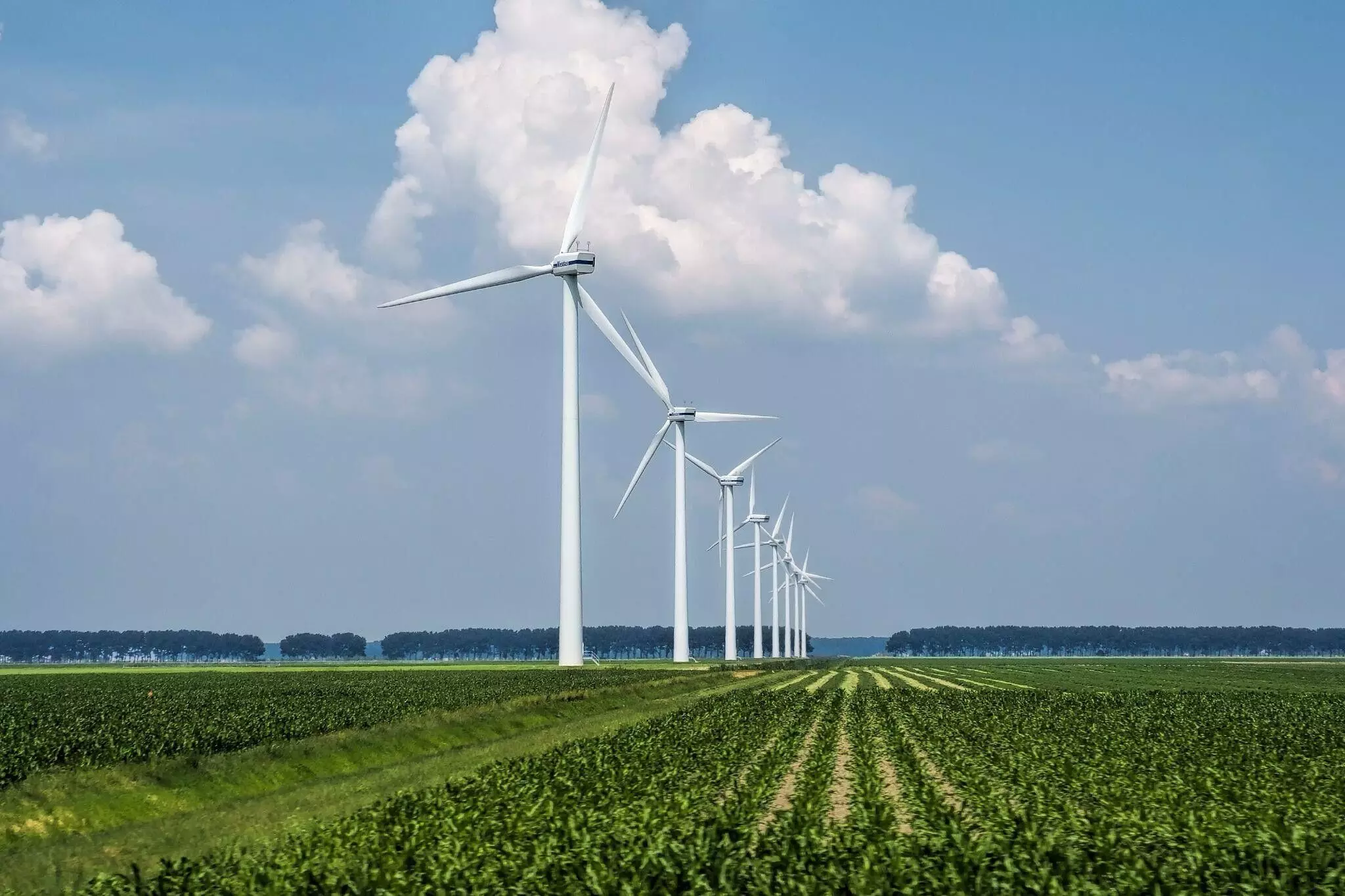Repowering Old Wind Farms: What New Courses Are Teaching
image for illustrative purpose

As global energy demands rise and sustainability takes center stage, wind power remains a crucial pillar of the renewable energy transition. However, many of the early wind farms, built decades ago, are now aging and underperforming. This is where repowering, the process of upgrading older wind turbines with newer, more efficient technology, comes into play. And as the industry evolves, so does the education around it. New academic and technical programs are equipping students and professionals with the tools to navigate this transformation.
What Is Repowering?
Repowering involves replacing outdated turbines with newer, larger, and more efficient models or retrofitting existing ones with upgraded components. The goal is to increase the energy output, extend the lifespan of wind farms, and reduce maintenance costs. It’s a win-win for both the environment and energy producers.
But repowering isn’t as simple as swapping out parts. It requires a nuanced understanding of turbine technology, grid integration, regulatory policies, and environmental assessments. That’s why modern wind energy courses have begun to incorporate dedicated modules on repowering strategies.
Why Education Is Key
To support the shift toward a more sustainable energy future, educational institutions and training centers are revamping their curriculum. Students are learning how to analyze wind farm performance data, assess the economic viability of repowering projects, and implement cutting-edge solutions.
Courses now often cover:
● Lifecycle assessment of wind turbines
● Advanced turbine design and materials
● Grid integration for repowered farms
● Environmental impact and land-use considerations
● Policy frameworks and incentive structures
This new wave of education ensures that professionals are not just learning theory but also gaining practical skills needed in the field.
Bridging the Gap Between Old and New
The push to repower isn’t just about technology, it’s about vision. Understanding the future of wind power means recognizing the potential of existing infrastructure. Repowering offers a cost-effective pathway to increase renewable energy output without the challenges of starting from scratch.
In this context, wind energy courses are playing a vital role in bridging the knowledge gap. By teaching students how to analyze existing systems and integrate new technologies, these courses prepare the workforce for the challenges and opportunities ahead.
The Global Perspective
Countries like Germany, Denmark, and the United States are leading the charge in repowering efforts, and their academic institutions are reflecting this focus. International programs are collaborating with industry leaders to offer hands-on training, internships, and capstone projects that revolve around repowering initiatives.
Students trained in these programs are uniquely positioned to contribute to the future of wind power by innovating within the framework of existing wind farms. Their skills not only help improve performance but also reduce the environmental footprint of energy production.
Final Thoughts
Repowering old wind farms is not just a technical upgrade, it's a strategic move towards a cleaner, more efficient energy future. As the industry evolves, so too must our approach to education. With the help of comprehensive wind energy courses, the next generation of engineers and sustainability professionals will be ready to lead the charge.
If you're looking to be part of this energy revolution, understanding the dynamics of repowering is essential. The path to the future of wind power is already being charted; are you ready to follow it?

